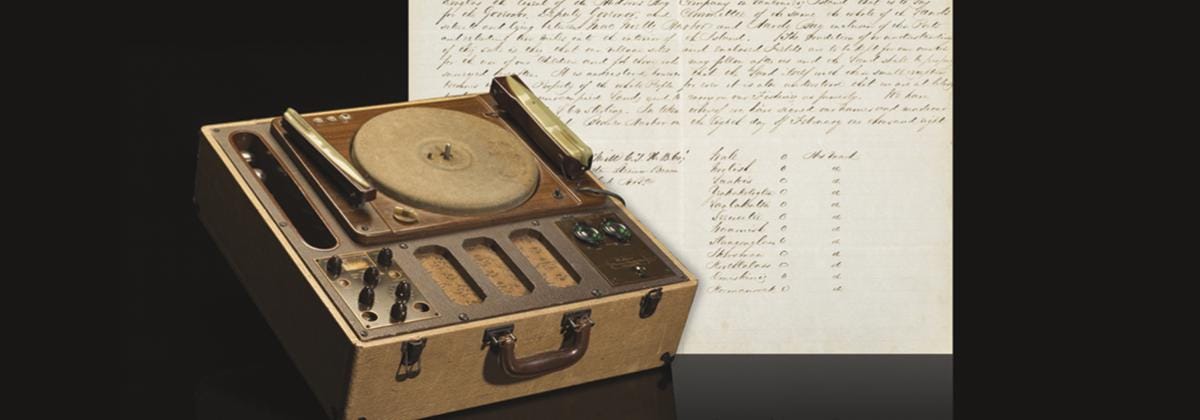
Modernization
Learn more about government’s intention to modernize the museum to protect our historic holdings and provide better access to our collections.

On March 27, 2018, two collections from the Royal BC Museum—the Vancouver Island Treaties and the Ida Halpern fonds—were accepted for inscription on the Canadian Commission for UNESCO's Canada Memory of the World register.
The Memory of the World Program, created by UNESCO in 1992, showcases the most significant documents of our shared heritage.
This new national register highlights documentary treasures from across Canada. In this first list of recipients, we are proud that the Royal BC Museum is the guardian of the only two collections west of Winnipeg.
The two Royal BC Museum collections exemplify our commitment to highlight and make accessible the “memory” of humanity—particularly materials with Indigenous content.
These efforts are part of the museum and archives’ response to the Truth and Reconciliation Commission of Canada’s Calls to Action. To ensure Indigenous researchers and communities can access these records with ease, we have digitized the Vancouver Island Treaties and the Ida Halpern sound recordings.
A copy of the treaties has been given to each of the signatory nations, and we are engaged in returning digital versions of the songs in the Halpern collection to descendants of the singers. We seek knowledge and information about the records from the communities to help us better represent these collections in our online catalogue. Our goal is to include Indigenous perspectives in our documentation of the records.
In creating the Canada Memory of the World Register in May 2017, the Canadian Commission for UNESCO envisioned it as a reflection of the immense diversity of the documentary heritage that is significant to Canada, a country whose roots extend from the initial settling of the land by Indigenous Peoples up to the present time.
The Royal BC Museum looks forward to the benefits that inscription on the Canada Memory of the World register will bring: a national audience, greater universal access to this documentary heritage, and an increased awareness of the significance of these valued documents.